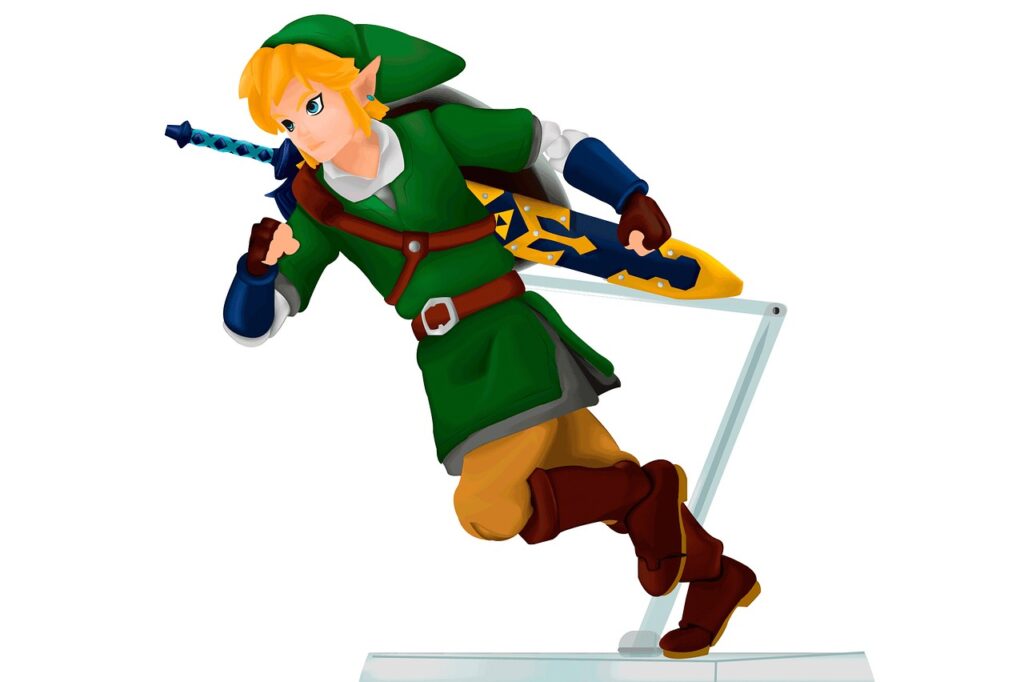You don’t need to be a gamer to recognize the incredible success of Fortnite: Battle Royale and Overwatch — two of the most popular games in recent years that also happen to be multiplayer-only. As these types of games continue raking in millions of players (and dollars), whispers of shrinking interest in story-driven experiences have spread throughout the industry.
[su_pullquote align=”right”]“Amazing gameplay can survive s*** storytelling, it’s true, but I believe it’s poorer for it. Great gameplay, infused with a strong narrative and story world, is the ideal.”[/su_pullquote]
But several single-player games like God of War and Detroit: Become Human continue to capture the hearts of modern gamers. This includes Red Dead Redemption II, an upcoming game surrounded by incredible hype for its promise of a thrilling Wild West tale. It’s clear that whether they make the most money or not, games that tell good stories are as desired and beloved as ever before, if not more.
Fantastic games like these don’t just happen. It takes tremendous effort from start to finish in order to marry good game design with memorable storytelling.
It all starts with a fun, promising design…
The debate of what comes first — story or gameplay — has been argued for years. Everyone has different preferences — some of us are drawn to games mostly for their strong narratives, while others deciding what adventure to invest hours into look to enticing mechanics. Both are integral when it comes to designing a game that tells an unforgettable story, but games are different compared to other forms of entertainment because they are based on a unique foundation — interactivity.
“The question the developers of the Legend of Zelda series asked themselves before starting a game was, ‘What kind of game play should we focus on?’ rather than ‘What kind of story should we write?'”
-Eiji Aonuma, series producer of Legend of Zelda
This core of gaming comes with the challenge of having to create characters, stories and worlds where players make decisions. Whether you’re developing a complex 3D action-RPG like The Witcher 3, or a simpler 2D adventure like Blossom Tales, it’s arguably better to begin by piecing together fun gameplay elements that you will add story to along the way. No matter how great your characters or dialogue are, or that amazing plot twist you know will blow people’s’ minds, it will take engaging gameplay to keep your average player going long enough to see your story through the end.

…Followed by flexible, captivating narrative elements…
Games have proven themselves to be a powerful storytelling medium thanks to titles that not only provide enjoyable gameplay but also leave an emotional impact via compelling stories. One way to help your game hook players is by hammering out the key story elements early on: a cool central premise, strong characters that evolve, an interesting world, and stirring conflict.
Of course, games are unpredictable beasts that almost always change throughout development, thus the best stories are flexible ones. Certainly do your best to protect your vision, especially if it was your primary inspiration in the first place, but you also have to be willing to change (or entirely axe) precious ideas. Whether it’s a boring boss that needs to be reworked, or a crucial playable flashback that needs to be cut due to lack of time or resources, you’ll always be ready to come up with another good idea if you maintain an adaptable and creative state of mind.
“It’s the easiest thing to change, to some degree. You can be much more adaptive. You have a scene that’s already written and recorded and animated and then something needs to change. The easiest thing to change is something in the story.”
-Ken Levine, creative director of BioShock series (PC Gamer)

And finally, the two become one.
Not all game types and genres depend on storytelling in the same way. Role-playing games will normally have a bigger spotlight on narrative than, say, a racing simulator. But whether you believe story or gameplay is more important, there is a middle ground that most game developers will accept. In other words, a game whose creators worked hard to find harmony between mechanics and narrative is a game that players will not want to put down — and when they do, they’ll be talking about it.
“Amazing gameplay can survive s*** storytelling, it’s true, but I believe it’s poorer for it. Great gameplay, infused with a strong narrative and story world, is the ideal.”
-Rhianna Pratchett, award-winning video game writer (Gamespot)
Some developers make the mistake of tacking on story elements toward the end of the process. For them, narrative is an afterthought that’s eventually integrated, poorly, when the need for dialogue, cutscenes, etc. arrives.
Similarly, there are also many examples of games where the story was so important and untouchable that gameplay suffered for it. There’s a reason why many game development positions today require applicants to understand the intricacies of weaving story with gameplay: when done well, you design a game that people won’t soon forget.